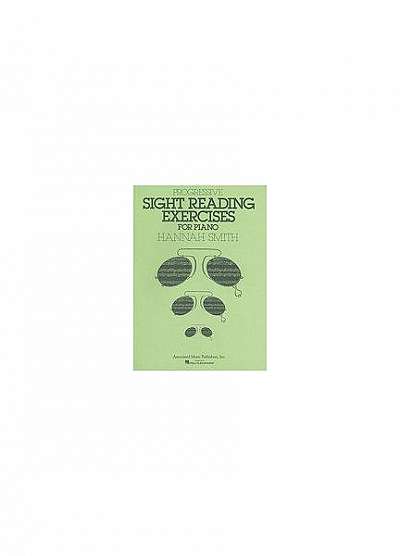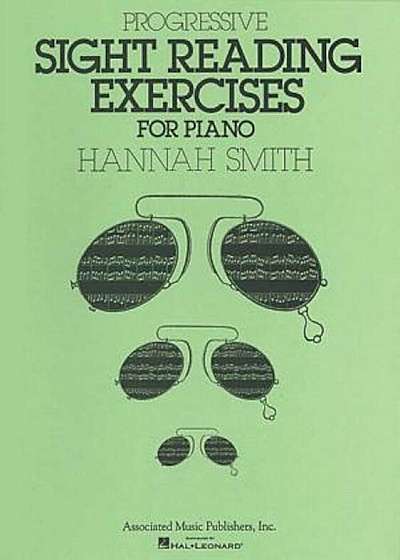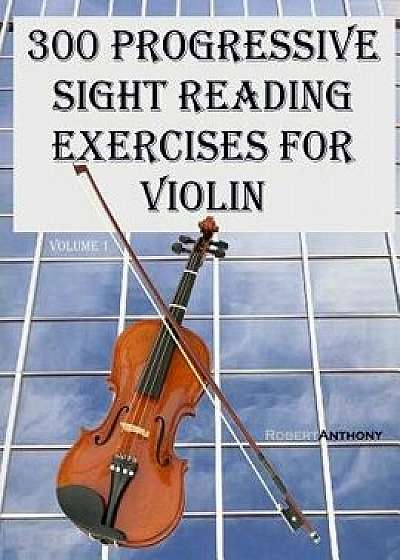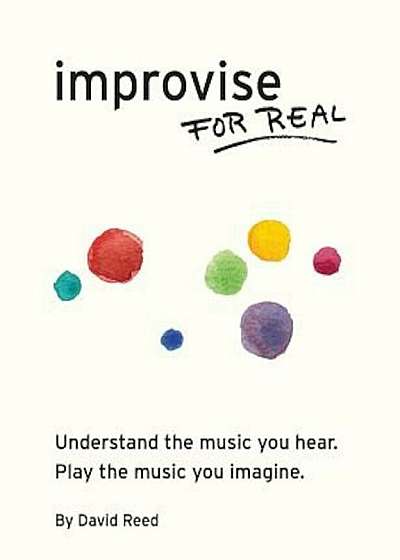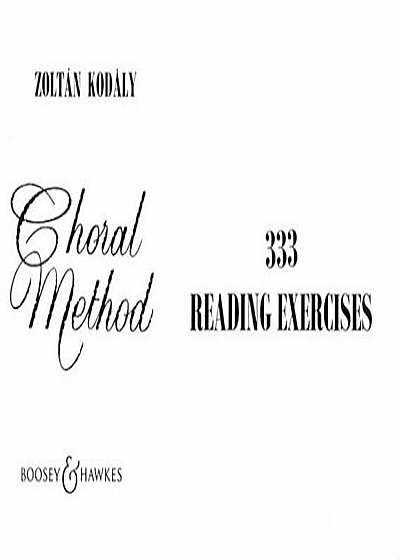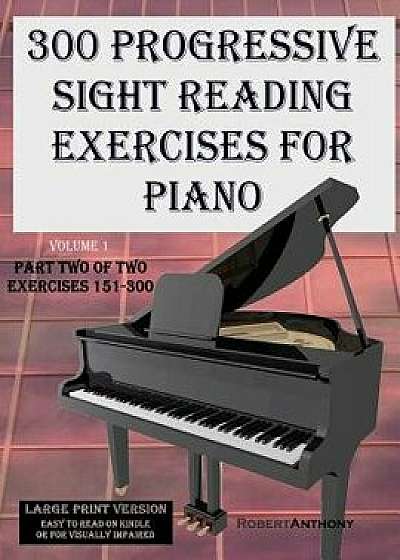
300 Progressive Sight Reading Exercises for Piano Volume Two Large Print Version: Part Two of Two, Exercises 151-300/Robert Anthony
Descriere
Description Volume Two picks up where Volume One left off. It is comprised of 300 progressive eight-bar exercises that train reading skills for both hands equally: Half of the pieces emphasize the right hand, the other half emphasize the left. For most of the exercises, the de-emphasized hand stays within a single five-finger position. Time signatures include 4/4 (Common Time), 3/4, 2/4, 6/8, and 2/2 (Cut Time). This second volume expands to include the keys of C Major, A Minor, G Major, E Minor, F Major, D Minor, and some of the relative modes of each. The remaining keys and additional time signatures, including Complex Meter, will be covered in future volumes. Finger numbers have been intentionally excluded from the 300 exercises in order to train the piano player to be able to find their own fingering solutions. THIS IS THE LARGE PRINT VERSION for vision impaired. For printing purposes, this version is separated into two parts. All of the exercises are eight measures long. If one has done any study of formal analysis, they will find that eight measures is a typical 'period' of music and usually contains two, four-bar phrases (also typical in length). For example, many sonatinas, jazz standards, and pop songs use "32 Bar Form" (A A B A), "Binary Form" (A B), and "Ternary Form" (A B A), with each section often being eight bars. Thus, eight measures (one period of music) makes the perfect length for sight-reading studies in my opinion. How to use this book: Start where the exercises begin and work across the book - from exercise 1, 5, 9, 13 and so on until you get to a point where the music challenges you and then mark your ending point. The next practice, play exercises 2, 6, 10, 14, and so on... The next: 3, 7, 11, 15 and so on, and finally 4, 8, 12, 16, and so on. If you want to work at your "break point" (the point in the book where you can no longer play musically), work DOWN the page instead of across the pages. Note: This book is also available in a LARGE PRIN
Comandă Cartea
Pe aceeași temă
Robert Anthony

50 de idei care iti schimba viata - Un ghid necesar pentru fericire si prosperitate (Robert Anthony)
Robert Anthony
